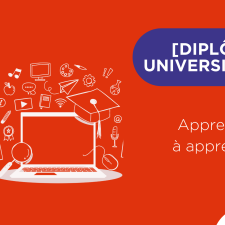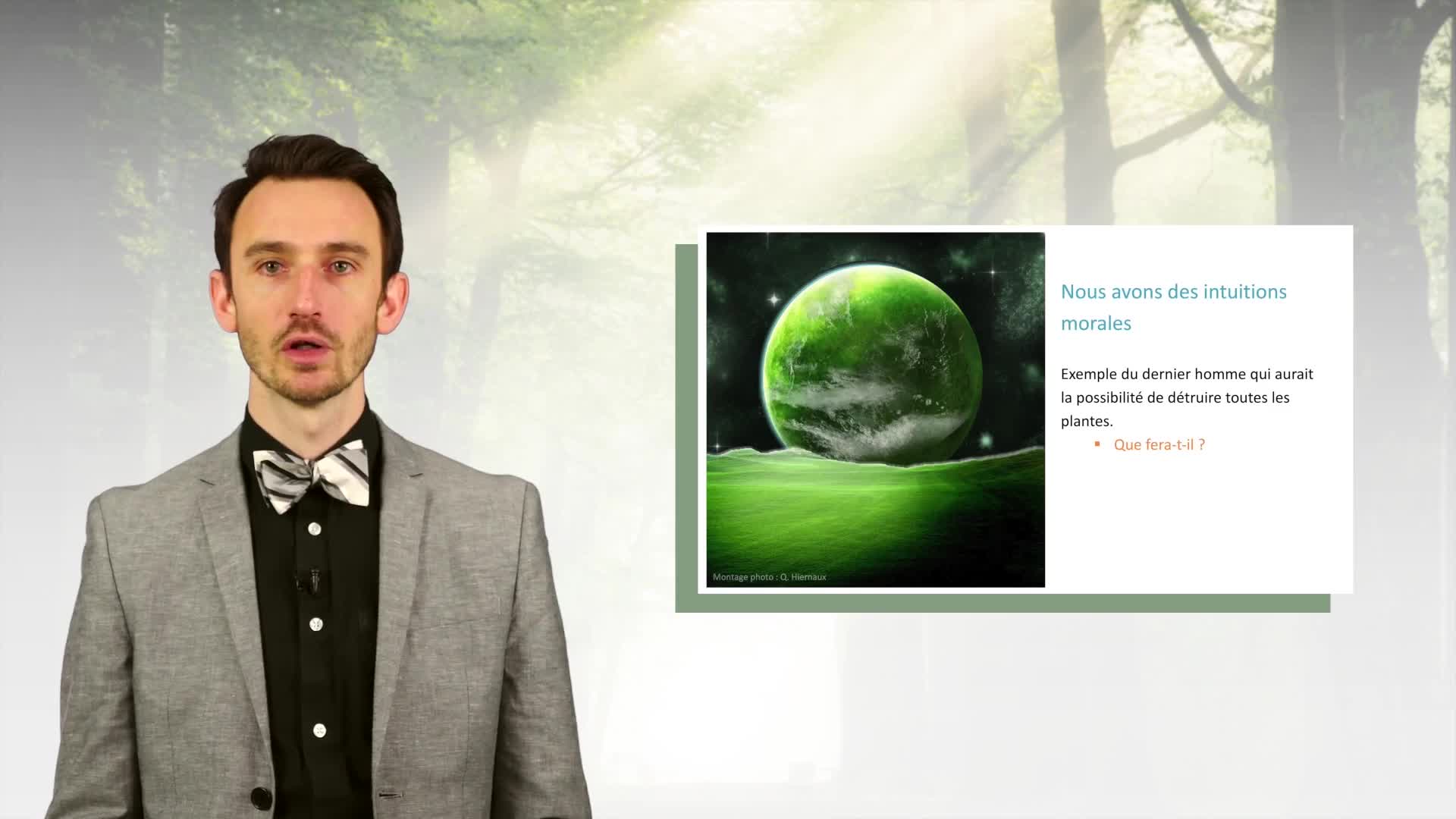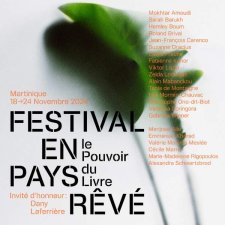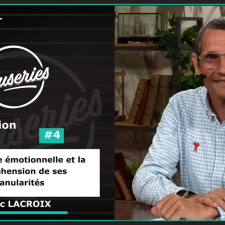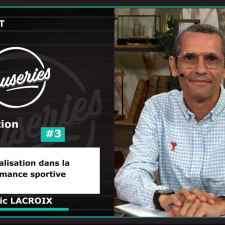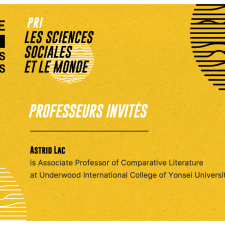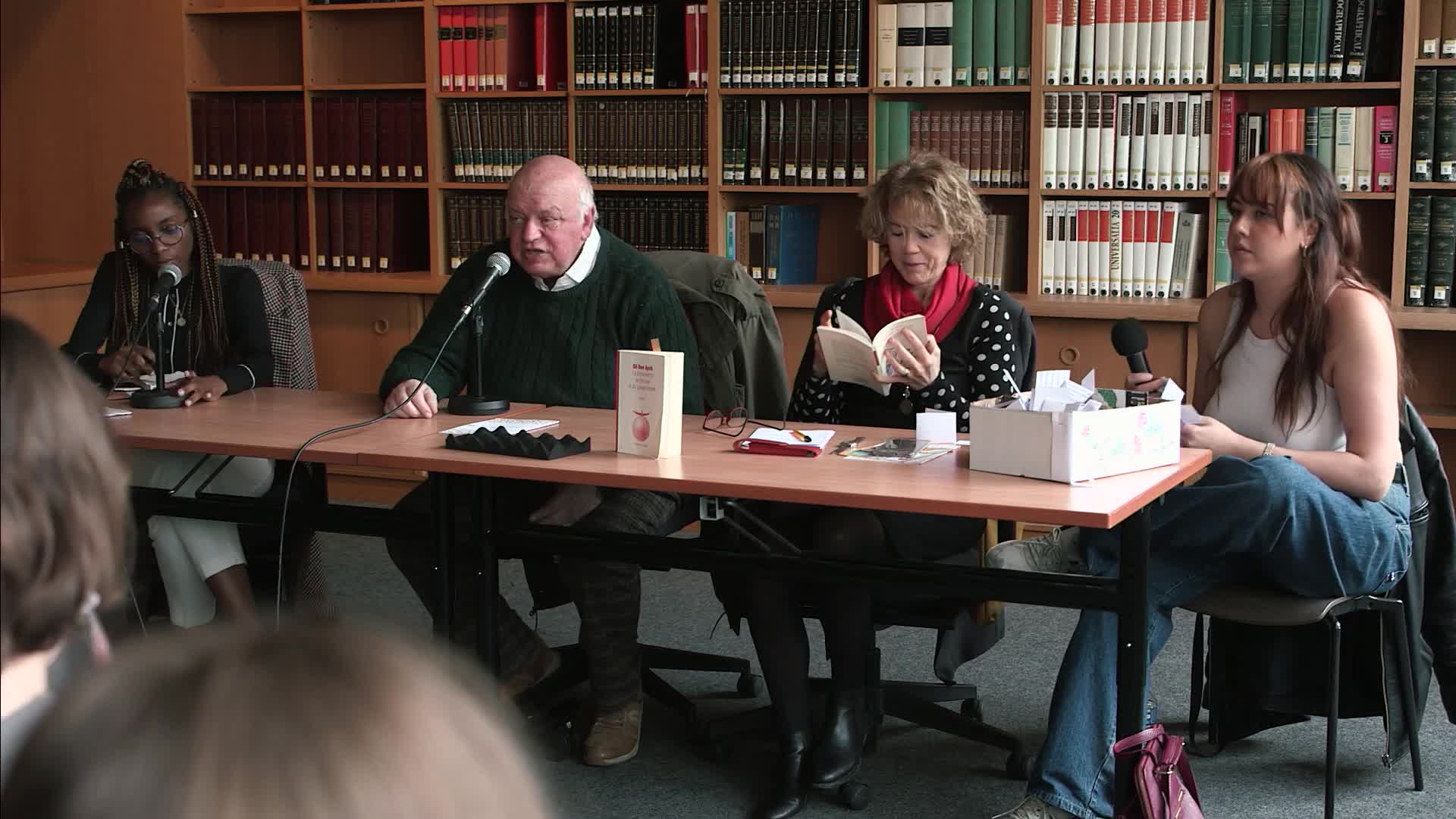Chapitres
Notice
Things and Places - How the mind connects with the world.
- document 1 document 2 document 3
- niveau 1 niveau 2 niveau 3
Thème
Documentation
Programme,Présentation,Curriculum Vitae,Bibliography
THINGS AND PLACES:
How the mind connects with the world
by
Zenon W. PYLYSHYN
The empirical case for a nonconceptual link between things and representations: Indexing and Tracking . Background to the problem to be discussed in these lectures: The distinction between causal, demonstrative and conceptual relations, and an informal discussion of why some primitive nonconceptual relations are essential in perception. An introduction to the Visual Index (FINST) theory, Object Files and experimental investigations using multiple object tracking. Implications of this research program for the thesis of nonconceptual representation and for the nature of the initial causal connection between objects and symbolic representations.
The basic ingredients of the mind-world relation: Individuation, selection, reference and predication. The nature of attentional selection. Why do we need selection and what do we select in the first instance? FINST Indexes as the mechanism for binding predicate-arguments and motor-command arguments to the objects of predication. Conceptual and nonconceptual content and Object Files . Causes and codes. Austen Clark and Feature Placing as the basis of sentience . The binding problem . What do FINSTs index; objects or spatiotemporal regions? More empirical findings concerning FINST Indexes and the role of Object Files and why it matters to philosophy of mind.
Representing Space : Nonconceptual content and the experience of space . The role of conscious experience in the study of perception. A survey of some approaches to the problem of how the mind assimilates and represents space and spatial relations. The strategy of internalizing external spatial properties: Natural constraints, psychophysical complementarity and "functional" space. The genesis of our sense of space: Poincaré's insights and the role of FINSTs. Is there a uniform spatial frame of reference? The case for multiple perceptual frames of reference and coordinate transformation as the origin of our "sense of space."
Representing Space : Shortcomings of "inner space" proposals and an alternative view . A short summary of the arguments about the spatial nature of mental images and the thesis that perception and imaginal reasoning make use of a spatial medium or internalized spatial constraints. A proposal for turning the problem of spatial cognition around and viewing it as involving the projection of mental contents onto spatial arrangements of objects in the world. FINST indexes (and their extension to other modalities, called Anchors) provide the needed mechanism for anchoring mental representations to perceived objects and their spatial properties, and thus for explaining the apparent spatial character of mental representations. The unsolved problems of representing space in the brain.
,
CONFERENCES JEAN NICOD
The Jean-Nicod Lectures are delivered annually in Paris by a leading philosopher of mind or philosophically oriented cognitive scientist. The 1993 inaugural lectures marked the centenary of the birth of the French philosopher and logician Jean Nicod (1893-1931). The lectures are organized by the Centre National de la Recherche Scientifique (CNRS) as part of its effort to develop the interdisciplinary field of cognitive science in France.
The Jean-Nicod lecturer is expected to spend several
weeks in Paris, to deliver at least four lectures on a
topic of his
or her choice, and subsequently to publish the set of
lectures, or a monograph based on them, in the
Jean-Nicod Lectures series (MIT Press/Bradford Books; F.
Recanati editor).
Since 1996 the annual lecturer is awarded the Jean-Nicod Prize during a ceremony which follows the deliverance of the first lecture. Besides CNRS, the sponsors include two French institutions: Ecole des Hautes Etudes en Sciences Sociales (EHESS), and Ecole Normale Supérieure.
The annual lecturer is selected by the Jean-Nicod Committee, which includes (as of 2003) the following:
President
Jacques Bouveresse,
Professor at College de France (Paris)
Secretary
François
Recanati, Research director, CNRS (Paris)
Other members
Mario Borillo, Research
director, CNRS (Toulouse)
Jean-Pierre Changeux,
Professor at College de France (Paris)
Jean-Gabriel Ganascia,
Professor at the University of Paris-VI
André Holley, Director,
Institut des sciences du goût et de l'olfaction (Dijon)
Michel Imbert, Professor at
the University of Toulouse
Pierre Jacob, Research
director, CNRS (Paris)
Jacques Mehler, Research
director, CNRS (Paris)
Elisabeth Pacherie,
Research associate, CNRS (Paris)
Philippe de Rouilhan,
Research director, CNRS (Paris)
Dan Sperber, Research
director, CNRS (Paris)
In 2004 the Jean-Nicod lecturer will be Zenon Pylyshyn (Rutgers University)
The previous Jean-Nicod lecturers were, in chronological order (click to see the published lectures references):
Jerry
Fodor (Rutgers University) - 1993
Fred
Dretske (Stanford University) - 1994
Donald Davidson (UC
Berkeley) - 1995
Hans Kamp (University of
Stuttgart) - 1996
Jon
Elster (Columbia University) - 1997
Susan Carey (New York
University) - 1998
John
Perry (Stanford University) - 1999
John
Searle (UC Berkeley) - 2000
Daniel
Dennett (Tufts University) - 2001
Ruth
Millikan (Connecticut University) - 2002
Ray
Jackendoff (Brandeis University) - 2003
Zenon Pylyshyn received a B.Eng. in
Engineering-Physics from McGill University in 1959, an
M.Sc. in Control Systems from the University of
Saskatchewan in 1960, and a Ph.D. in Experimental
Psychology from the University of Saskatchewan in 1963
for research involving the application of information
theory to studies of human short-term memory.
Following his Ph.D. he spent two years as a Canada
Council Senior fellow and then joined the faculty at the
University of Western Ontario in London, where he
remained until 1994 as Professor of Psychology and of
Computer Science, as well as honorary professor in the
departments of Philosophy and Electrical Engineering and
Director of the UWO Center for Cognitive Science. In
1994 Pylyshyn joined the faculty of Rutgers University
as Board of Governors Professor of Cognitive Science and
Director of the Rutgers Center for Cognitive Science.
Pylyshyn is recipient of numerous
fellowships and awards. He was awarded the Donald
O. Hebb Award from the Canadian Psychological
Association in June 1990, "for distinguished
contributions to psychology as a science". He is
a fellow if the Canadian Psychological Association and
the American Association for Artificial Intelligence.
He has been a Killam Fellow, a fellow of the
Center for Advanced Study in the Behavioral Sciences at
Stanford, a fellow at the MIT Center for Cognitive
Science and a fellow of the Canadian Institute for
Advanced Research (CIAR). In 1998 he was elected
Fellow of the Royal Society of Canada. He is past
president of two international societies: the Society
for Philosophy and Psychology, and the Cognitive Science
Society. For 9 years (1985-1994) he was national
director of the Program in Artificial Intelligence and
Robotics of the Canadian Institute for Advanced Research.
He is on the editorial boards of eight scientific
journals and has been on several industrial or academic
scientific advisory boards.
Pylyshyn has published well over 100
scientific articles and book chapters, including a paper
designated as a Science Citation Classic ("What the
Mind's Eye Tells the Mind's Brain", Psychological
Bulletin, 1973) and has given over 200 talks and
keynote addresses. He is author of Computation and
Cognition: Toward a Foundation for Cognitive Science
(MIT Press, 1984), as well as contributor/editor of five
books, including: Perspectives on the Computer
Revolution (1988); Computational Processes in
Human Vision: An Interdisciplinary Perspective
(1988), The Robot's Dilemma: The Frame Problem in
Artificial Intelligence (1987), Meaning and
Cognitive Structure: Issues in the Computational Theory
of Mind (1986), and The Robot's Dilemma Revisited
(1996). As chairman of an NSF-sponsored panel on
artificial intelligence, Pylyshyn also helped to produce
a major survey of the state-of-the-art in artificial
intelligence which appeared as part of the book What
Can be Automated? (1980).
For the past fifteen years,
Pylyshyn's personal research has dealt with two general
areas. One is the theoretical analysis of the nature of
the human cognitive system that enables humans to
perceive the world, as well as to reason and imagine.
This has led to a number of theoretical investigations
of the "architecture of the mind". On
the experimental side Pylyshyn has been concerned with
exploring his Visual Indexing Theory (sometimes
called the FINST theory), dealing with how human visual
attention is allocated and how humans cognize objects
and space. This theory hypothesizes a preconceptual
mechanism by which objects in a visual scene can be
individuated, tracked, and directly (or demonstratively)
referred to by cognitive processes prior to their
properties being encoded. Over a dozen papers have
been published on this theory and its experimental
investigation, as well as its implications for
understanding how vision is connected with the world,
making perceptual-motor coordination possible. The
theory has implications for philosophical issues
concerning the semantics of visual perception as well as
practical applications for the design of human-computer
interfaces.
Pylyshyn, Z. W. (1973). What the Mind's Eye Tells the Mind's Brain: A Critique of Mental Imagery. Psychological Bulletin, 80 , 1-24.
Pylyshyn, Zenon W. (1984). Computation and Cognition, Toward a Foundation for Cognitive Science . Cambridge, MA: MIT Press.
Pylyshyn, Zenon, & Demopoulos, William (Eds.). (1986). Meaning and Cognitive Structure: Issues in the Computational Theory of Mind . Norwood, NJ: Ablex Publishing Corporation.
Pylyshyn, Zenon W. (Ed.). (1987). The Robot's Dilemma: The Frame Problem in Artificial Intelligence . Norwood, NJ: Ablex Publishing Corporation.
Pylyshyn, Z. W. (1996). The study of cognitive architecture. In D. Steier & T. Mitchell (Eds.), Mind Matters: Contributions to Cognitive Science in Honor of Allen Newell . Hillsdale, NJ: Lawrence Erlbaum Associates.
Pylyshyn, Z. W. (2000). Situating vision in the world. Trends in Cognitive Sciences, 4 (5), 197-207.
Pylyshyn, Z. W. (2001). Visual indexes, preconceptual objects, and situated vision. Cognition, 80 (1/2), 127-158.
Pylyshyn, Z. W. (2002). Mental Imagery: In search of a theory. Behavioral and Brain Sciences, 25 (2), 157-237.
Pylyshyn, Z. W. (2003). Return of the Mental Image: Are there really pictures in the brain? Trends in Cognitive Sciences, 7 (3), 113-118.
Pylyshyn, Zenon W. (2003). Seeing and Visualizing: It's Not What You Think . Cambridge, MA: MIT Press.
Dans la même collection
Avec les mêmes intervenants et intervenantes
Sur le même thème
-
00. Des comptables et des conteurs (Présentation avec Jean-Philippe Pierron)
PierronJean-PhilippeIntroduction à la série de podcasts "Aux Grands Remèdes les Petits Mots".
-
-
03. Soignants ou Soi-Niant (Avec Sonia Benkhelifa)
BenkhelifaSoniaAnimation : Romain Poncet, ingénieur de recherche en sociologie.
-
Diplôme Universitaire - Apprendre à apprendre
Présentation de la formation
-
Quelle place pour les arbres dans l'éthique ?
HiernauxQuentinQuentin Hiernaux, professeur à l'Université libre de Bruxelles, discute dans cette vidéo de l'éthique appliquée aux arbres.
-
Conversation avec Zelda Lockhart et Fabienne Kanor (3ème partie)
LockhartZeldaKanorFabienneRigopoulosMarie-MadeleineArthéronAxelLefrançoisFrédéricFestival en pays rêvé - 21 novembre 2024 - Université des Antilles, Campus de Schoelcher Conversation avec Fabienne Kanor et Zelda Lockhart (3ème partie) Modératrice : Marie-Madeleine Rigopoulos
-
L'exploration mentale #4 – Intelligence émotionnelle et la compréhension de ses granularités
LacroixÉricPorlierChristopheL'exploration mentale #4 – Intelligence émotionnelle et compréhension de ses granularités
-
L'exploration mentale #3 – La visualisation dans la performance sportive
LacroixÉricPorlierChristopheL'exploration mentale #3 – La visualisation dans la performance sportive
-
Entretien avec Astrid Lac
LacAstridEntretien avec Astrid Lac, professeur invitée dans le cadre du Programme de Recherche Interdisciplinaire : Les sciences sociales et le monde
-
The coldness of the stone and the lightness of the bird: a memorial garden for the victims of Novem…
AccarainMadeleineTalk by Madeleine ACCARAIN (Wagon Landscaping, Paris), as part of the workshop "Memory, Place, and Material Culture", organized by John SUTTON, 2022-2023 research fellow at the Paris IAS, Emeritus
-
mark edmonds, building and belonging: architecture and memory in neolithic orkney
EdmondsMark R.SuttonJohnTalk by Mark EDMONDS, (Archeologie, York), in the context of the workshop "Memory, Place, and Material Culture", organized by John SUTTON, 2022-2023 research fellow at the Paris IAS, Emeritus
-
La Bibliothèque francophone reçoit Gil Ben Aych
Ben AychGilAllouacheFerroudjaRencontre littéraire avec l'écrivain Gil Ben Aych organisée par La Bibliothèque francophone.





